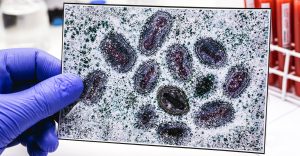Health & Fitness
Safe, Queer Space to Aid in Personal Fitness Goals
Classes are offered 6 a.m.-6:30 p.m., Monday through Friday, and there is one class at 9 a.m. on Saturdays. For more information, visit the website at: www.thequeergym.com/home

Unfortunately, there are not a lot of public spaces that are deemed safe spaces for the LGBTQ+ community, especially gyms. Nathalie Huerta, A.K.A Coach Nat, had experienced this firsthand and decided to take matters into her own hands.
She opened the first LGBTQ+ gym in the nation in 2010, the Queer Gym.
With a mission statement in mind, “to create happy, healthy homos” the gym is owned and managed by members of the LGBTQ+ community and run completely online. While there is a physical gym, once the pandemic hit it made the transition to completely online to extend the reach into the community. This unique environment also offers personalized workouts for those who are transitioning.
The Queer Gym is located at 1243 E 12th St, Oakland in. The gym can be reached at (510) 866-4250 and also on Twitter and Facebook. Classes are offered 6 a.m.-6:30 p.m., Monday through Friday, and there is one class at 9 a.m. on Saturdays. For more information, visit the website at: www.thequeergym.com/home
Activism
Prescribing Prevention: Doctors Turn to Lifestyle, Herbs and Veggies to Protect Against Chronic Illness in Black Californians

By Charlene Muhammad, California Black Media
Leibo Glover received his diabetes diagnosis at the same time he found out he needed a below-the-knee amputation.
“Minor,” thought the 63-year-old.
Glover had been self-medicating a toe injury before seeing the doctor.
But while driving from South Los Angeles to Miami on a family trip, an infection set in.
“I had it but didn’t know,” said Glover. “I was just going to come back to California, but they told me if I had left, I would have come home as a corpse,” Glover told California Black Media (CBM).
A majority of the nearly 3.5 million Californians diagnosed with diabetes have preventable Type 2 diabetes, according to researchers at the UCLA Center for Health Policy Research.
In 2023, diabetes was diagnosed in 1 in 6 adults with the lowest incomes (16.7% at 0–99% of the federal poverty line), compared to 1 in 11 adults with the highest incomes (8.9% at 300% or more of the federal poverty line). Age is a factor, too: more than 1 in 5 older adults age 65 and over (22.3%) had diabetes, about twice the rate of adults age 18–64 (8.6%).
Another study by Health Economics and Evaluation Research (HEER) mapped patients with diabetes in California who had amputations. Researchers found that patients living in low-income ZIP codes were far more likely to have had lower-limb amputations than those in higher-income ZIP codes, essentially identifying amputation “hot spots.”
At the time of Glover’s 2018 diagnosis, he was experiencing housing instability and going through financial hardships. Now, he has more stable housing and he has improved his health through lifestyle changes like eating healthier and getting more sleep.
“If the equipment is right, I can stand on my leg for hours. I can actually run, jump, dance and all of that,” said Glover, who got his diabetes under control, in part, by avoiding carbohydrates and sugars.
As chronic illnesses continue to disproportionately impact Black Californians — often leading to preventable amputations and premature deaths — a growing number of doctors and advocates are expanding their care from just treatment to including prevention. From promoting diet and lifestyle changes to cultivating community farms focused on prevention and wellness like Dr. Bill Releford’s Bloom Ranch in Acton.
Releford, a podiatrist based in Los Angeles started the 250-acre Bloom Ranch in 2023 as part of his strategy for preventive care.
“This is my assignment,” said Releford.
“Bloom Ranch has been a perfect backdrop for me to be creative and to find avant-garde ways to make fresh fruits and vegetables more accessible to food deserts in Los Angeles County,” he stated.
California produces nearly half of the nation’s fruits and vegetables, yet more than 1 in 5 Californians — about 8.8 million people — currently struggle with food insecurity, according to the California Association of Food Banks.
“Studies have shown that 75% of amputations are preventable. And African Americans have the highest amputation rate in the nation,” Releford said.
As such, Releford continued, the mortality rate associated with high-level amputation is 50%, which means “if we had 10 people that all had high level amputations, five of those would be deceased in three years.”
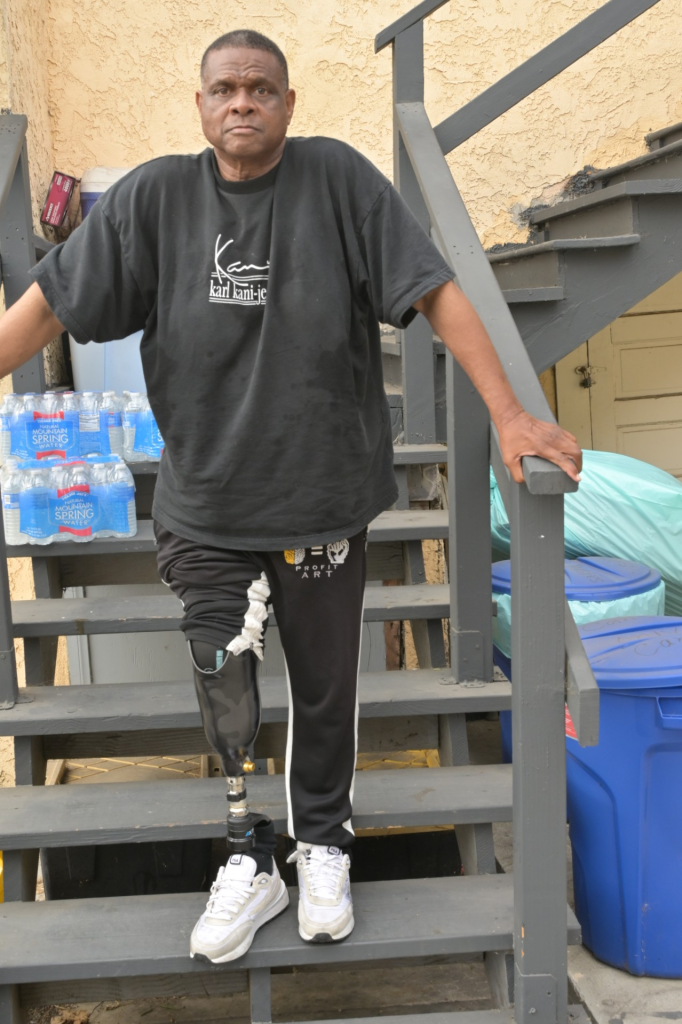
Monday, June 28, 2025. Leibo Glover at his home in Los Angeles, California. The security professional’s leg was amputated below the knee.
Releford’s ranch is the largest Black-owned farm in L.A. County. He plans to partner with UCLA and the Charles R. Drew University of Medicine and Science to develop prescriptive vegetable boxes.
“Certain vegetables and herbs can lower blood pressure naturally, like beets, turnips, dill, basil, garlic and others,” said Releford.
“Hopefully, this will inspire other farmers to take this model and replicate it across other urban areas,” Releford added.
“A lot of studies have shown that gardening has so many health benefits – being in the sun, Vitamin D,” said Releford. “The dirt has a lot of microbes that are good for your immune system. Studies have shown that people who work in the dirt have strong immune systems.”
Gardening can potentially decrease the risk of dementia, enhance cognition, reduce stress, and boost immunity, indicates research by Genoa Barrow of the University of Southern California Center for Health Journalism as part of the 2024 Ethnic Media Collaborative, Healing California.
During a recent picturesque day at Bloom Ranch, families, school children, farmers and members of The Ultimate Book Club 1998, founded by Alina Anderson, sampled and purchased fresh produce while taking photographs.
“This is huge. “All of us have families that could use this information,” said Anderson.
Doctors like Releford, who are committed to tackling the most chronic diseases impacting all their patients utilize peer-to-peer support programs with self-management training led by individuals living with chronic conditions to provide role models and support for patients, according to a recent study by the California Health Care Foundation.
“The unifying feature of these programs is that they seek to build on the strengths, knowledge, and experience that peers can offer,” the report states.
Liz Helms, CEO of the California Chronic Care Coalition, addressed state-backed prevention policy and initiatives.
“It’s in horrible shape. It needs to get so much better, especially in underserved areas, where the Black population has a whole set of different needs,” she said.
Helms, who started advocacy after being denied access to care in the early 1990s, applauded new developments in telehealth. The opportunity to choose between visiting a doctor’s office or placing a phone call makes a difference, especially if there are transportation or distance issues, or if one is too sick, she said.
Fear is one thing people, especially in the Black community, must overcome, emphasized Helms.
“I had to get over my fear of going to the doctor, of not speaking up,” continued Helms, urging patients to “understand the baseline” of their health.
“Don’t let anyone stigmatize you or tell you that you’re not good enough to get care or look down on you. Everyone has a right to good, quality, affordable, timely health care,” said Helms.
To engage Bloom Ranch for preventive care focused on wellbeing and healthy living, call (323) 388-4828 or sign up at Bloomranchofacton.com
Activism
California Observes Third Annual Black Health Advocacy Week
On May 4, 2023, the California Assembly unanimously passed ACR 53, enacting BHEAW every first week of May. “The life expectancy at birth for Black Californians is 76.2 years of age, which is five years shorter than the state average and the lowest life expectancy of all racial and ethnic groups in California,” said Weber in a statement.

By Bo Tefu, California Black Media
California’s third annual Black Health Equity Advocacy Week (BHEAW), observed from May 5-9, reaffirmed the commitment of the state and advocates to address systemic health disparities affecting Black communities.
Assemblymember Akilah Weber (D-San Diego), who is a medical doctor and chair of the California Legislative Black Caucus (CLBC), authored the resolution that created BHEAW — the first statewide initiative of its kind focused on advancing Black health equity.
On May 4, 2023, the California Assembly unanimously passed ACR 53, enacting BHEAW every first week of May.
“The life expectancy at birth for Black Californians is 76.2 years of age, which is five years shorter than the state average and the lowest life expectancy of all racial and ethnic groups in California,” said Weber in a statement.
“This disparity is a stark reminder of the systemic and institutional factors that contribute to health inequities in communities of color,” she added.
The California Black Health Network (CBHN) led this year’s events, combining advocacy, training, and public engagement to amplify the urgency of closing health gaps for Black Californians.
The theme of this year’s observance was “We’ve Got the Power.”
“CBHN is calling on our community to step up, speak out, and get involved. Increasing the participation of Black Californians in policymaking — across the health industry and public sector — is one of the most powerful ways we can drive change and save lives,” reads a message from the organization promoting this year’s BHEAW.
“Policy change is within your power and this week we’re in Sacramento with our Health Equity Advocacy Training (HEAT) Program Cohort 3 to uplift issues impacting our community and advocate to help shape the policies and programs that will improve the health of current and future generations of Black Californians,” the message continued.
Focused on public awareness and information, this year’s BHEAW included a social media campaign, a rally and training program with vital information on medical conditions that have a disproportionate impact on Black Californians, including maternal mortality, mental health, diabetes, cancer and more.
For more information on the resolution or to join the movement, visit CBHN’s official site, www.cablackhealthnetwork.org.
Activism
COMMENTARY: Let’s Go to The Doctor. Obesity and Weight Management for Men
Obesity is a chronic disease. According to the Centers for Disease Control and Prevention (CDC), obesity affects 42.8% of middle-aged adults. It is closely related to several other chronic diseases, including heart disease, hypertension, type 2 diabetes, sleep apnea, and certain cancers and joint diseases.
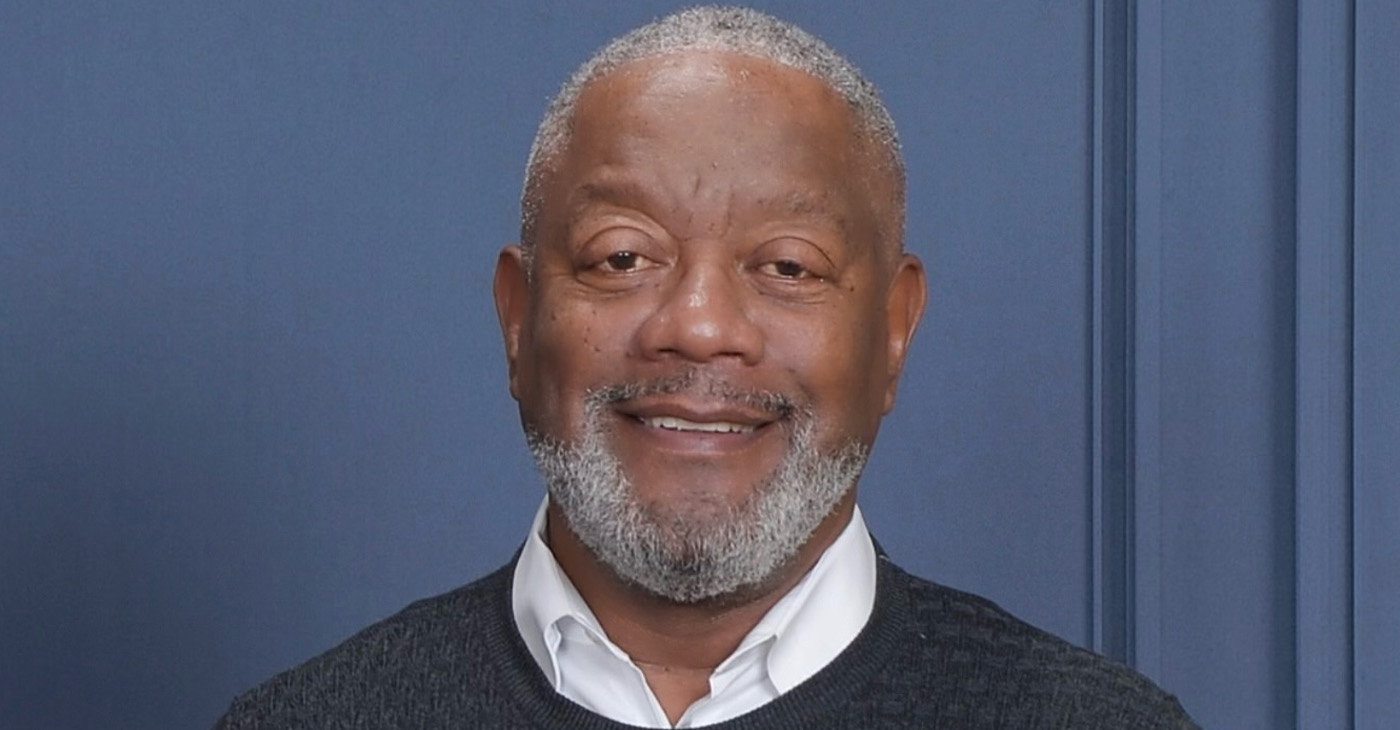
By Clifford L. Williams
Black males, and men in general, it’s time to take our weight seriously. There’s a need to take a hard look at being overweight and address the issue of obesity.
Obesity is a chronic disease. According to the Centers for Disease Control and Prevention (CDC), obesity affects 42.8% of middle-aged adults. It is closely related to several other chronic diseases, including heart disease, hypertension, type 2 diabetes, sleep apnea, and certain cancers and joint diseases.
Being overweight is defined as having a body mass index (BMI) between 25.0 and 29.9; a BMI of 30 or higher is considered obese. Although the disease is chronic, it is treatable. For people living with obesity, weight management is more than just tracking the pounds.
Obesity can negatively impact your health, but the good news is that weight loss may improve some weight-related conditions. Knowing your BMI is a great first step when starting the conversation about weight management with a healthcare provider.
The Harvard T.H. Chan School of Public Health notes obesity is generally caused by overeating and moving too little. Suppose you consume high amounts of energy, particularly fat and sugars, but don’t burn off the energy through exercise and physical activity. In that case, much of the surplus energy will be stored by the body as fat.
Black men have seen the red flags and have chosen to act. You may cut off sugar and drinks, but exercise is what really matters. Long walks are a great place to start, and they may lead to other forms of exercise.
Getting more exercise and moving around may do wonders for your weight. Make a few adjustments occasionally; they might add up over time. Also, watch what you consume. No foods need to be eliminated from your diet, but portions should be reduced and healthy calorie intake increased.
Steps That Help Lead to a Healthier Lifestyle:
Consult Your Healthcare Provider About the Risks. You should talk to your doctor and ask them about creating a personalized strategy for you. Some Black men said they didn’t realize the dangers of being overweight until they were sick with diabetes or heart disease and their doctor brought up the link to their weight, according to research published in the Journal of General Internal Medicine.
Work with a Personal Trainer – Losing weight is a team effort that requires both a nutritious diet and regular physical activity. Like diets, there is no “right” way to exercise. You may get individualized advice on what to eat based on your body type and the recommendations of your nutritionist, in addition to a tailored exercise program to help you attain your objectives.
Set Realistic Goals—Just as you shouldn’t anticipate losing weight overnight, you shouldn’t acquire it overnight either. No weight reduction program that uses microwaves exists, and even if it did, it probably wouldn’t last. If your objectives are too ambitious, you run the danger of being disheartened when you fail to achieve them.
To Our Readers:
For information on other health-related issues regarding men’s health, please share your thoughts and/or concerns with the Post Newspaper Group editorial staff.
-

 #NNPA BlackPress4 weeks ago
#NNPA BlackPress4 weeks agoLIHEAP Funds Released After Weeks of Delay as States and the District Rush to Protect Households from the Cold
-

 Alameda County3 weeks ago
Alameda County3 weeks agoSeth Curry Makes Impressive Debut with the Golden State Warriors
-
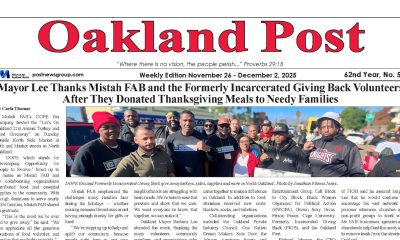
 Activism4 weeks ago
Activism4 weeks agoOakland Post: Week of November 26 – December 2, 2025
-

 #NNPA BlackPress4 weeks ago
#NNPA BlackPress4 weeks agoSeven Steps to Help Your Child Build Meaningful Connections
-

 #NNPA BlackPress4 weeks ago
#NNPA BlackPress4 weeks agoSeven Steps to Help Your Child Build Meaningful Connections
-
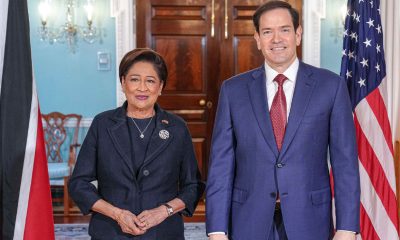
 #NNPA BlackPress4 weeks ago
#NNPA BlackPress4 weeks agoTrinidad and Tobago – Prime Minister Confirms U.S. Marines Working on Tobago Radar System
-

 #NNPA BlackPress4 weeks ago
#NNPA BlackPress4 weeks agoThanksgiving Celebrated Across the Tri-State
-

 #NNPA BlackPress4 weeks ago
#NNPA BlackPress4 weeks agoTeens Reject Today’s News as Trump Intensifies His Assault on the Press














